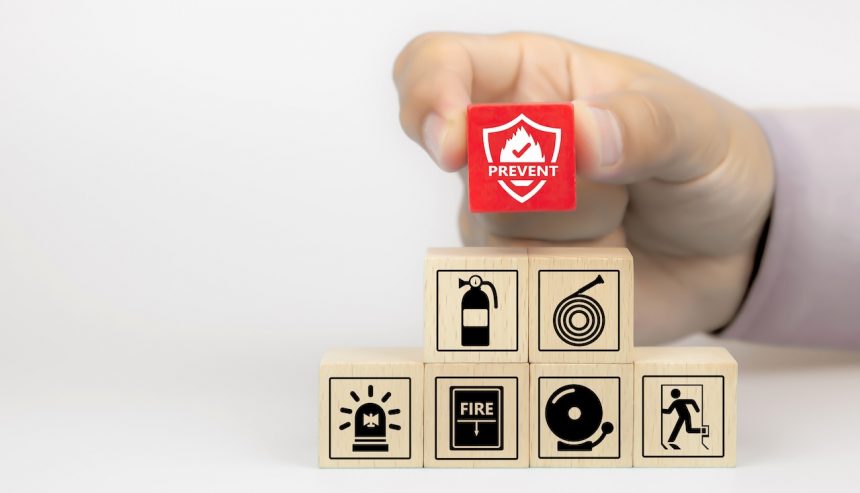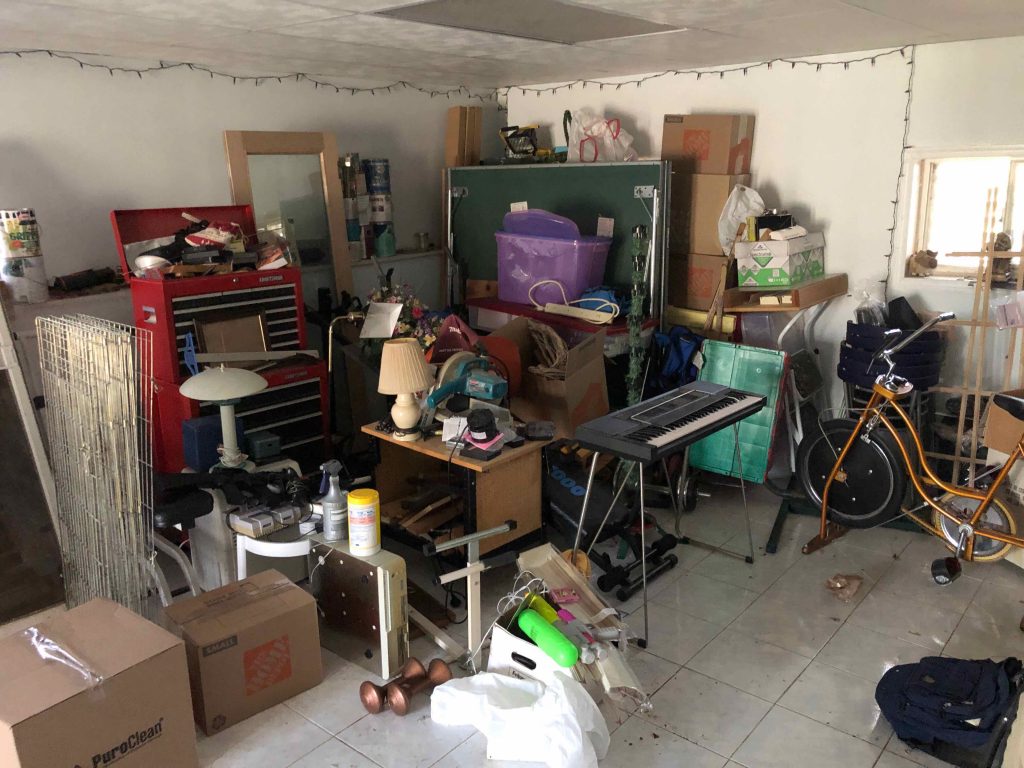Workshops are bustling spaces full of tools, materials, and activities that fuel creativity and productivity. However, these dynamic environments are also prone to fire hazards if safety measures aren’t prioritized. Workshop fire prevention is not just a legal requirement but a moral obligation to safeguard lives, property, and livelihoods.
This comprehensive guide walks you through identifying potential fire risks, implementing reliable suppression systems, conducting regular maintenance, and training staff. With these strategies, you can maintain a safe and efficient workshop environment while minimizing fire-related disruptions.
Recognizing Fire Hazards in Workshops
Fire hazards lurk in every corner of a workshop, and identifying them is the first step to prevention.
Key Fire Hazards to Watch For
- Flammable Materials: Paints, solvents, adhesives, and wood dust are common materials that can ignite easily.
- Electrical Risks: Damaged wiring, overloaded circuits, and malfunctioning tools are common culprits.
- Hot Work Activities: Welding, grinding, and soldering produce sparks and heat that can start fires.
- Improper Storage: Stacking combustible materials near heat sources like furnaces or machinery increases fire risks.
How to Identify Hazards
- Conduct a thorough fire risk assessment at least annually.
- Evaluate how materials are stored and handled.
- Check equipment and electrical systems for signs of wear or malfunction.
By proactively addressing these hazards, you can significantly reduce the chances of a fire breaking out.
Installing Reliable Fire Suppression Systems

Clean agent fire suppression systems use environmentally friendly chemical reagents to put out fires.
Even the best prevention methods may not eliminate all risks, making fire suppression systems essential.
Types of Fire Suppression Systems
- Sprinkler Systems: Effective for workshops of all sizes, these systems activate when detecting heat or flames.
- Foam-Based Systems: Ideal for workshops dealing with flammable liquids or chemical hazards.
- CO2 Suppression: Common in areas with sensitive electrical equipment, as it smothers fires without damaging electronics.
- Dry Chemical Systems: Useful for workshops handling combustible metals.
Best Practices for Installation
- Hire licensed professionals to design and install the system.
- Position suppression units to cover high-risk areas like storage rooms and workstations.
- Ensure systems are compliant with local fire safety codes.
A well-installed suppression system is your first line of defense in controlling a fire before it spreads.
Regular Maintenance and Safety Inspections

Having fire safety equipment isn’t enough—it needs regular maintenance to stay functional.
Checklist for Maintenance
- Fire Extinguishers: Inspect monthly to ensure they are charged and operational.
- Electrical Systems: Check wiring, plugs, and circuits for damage or overload.
- Suppression Systems: Test them semi-annually to confirm they trigger correctly.
- Smoke Detectors and Alarms: Replace batteries and clean sensors as needed.
Maintaining Compliance
- Keep a record of all maintenance activities and inspections.
- Conduct third-party audits to identify potential weaknesses.
- Ensure all safety measures adhere to local fire safety regulations.
By keeping your systems in top shape, you ensure they function effectively when needed.
Training Workshop Staff in Fire Safety

The best tools and systems won’t help if staff members are unprepared during emergencies.
What to Include in Fire Safety Training
It’s important to teach fire safety in the workplace.
- Evacuation Procedures: Teach employees the fastest and safest exit routes.
- Fire Extinguisher Use: Provide hands-on training for operating different types of extinguishers.
- Identifying Risks: Educate staff on spotting potential hazards and mitigating them.
- Emergency Communication: Assign roles for contacting emergency services and assisting in evacuations.
Benefits of Regular Training
- Reduces panic and confusion during emergencies.
- Ensures quicker and more effective responses to fires.
- Encourages a proactive approach to safety among employees.
Frequent training sessions build confidence and create a safety-focused culture within your workshop.
PuroClean of Springfield—Your Fire Damage Restoration Partner
Prevention is always better than cure, but when accidents happen, having a reliable partner like PuroClean of Springfield ensures you bounce back with minimal disruption. Our expert fire damage restoration services ensure your workshop is restored quickly and efficiently. From soot removal to structural repairs, we’ve got you covered. Contact PuroClean of Springfield today at (703) 334-0410 and let us handle the aftermath so you can focus on moving forward.



